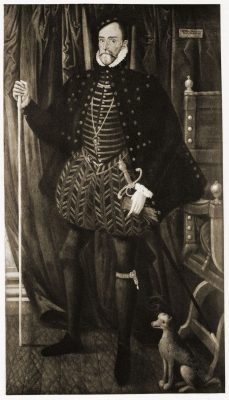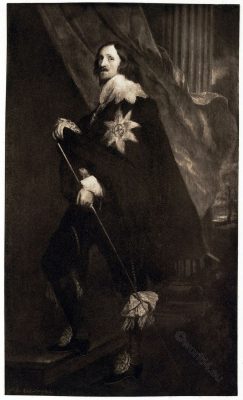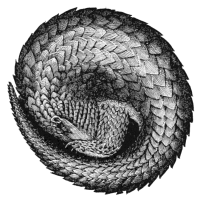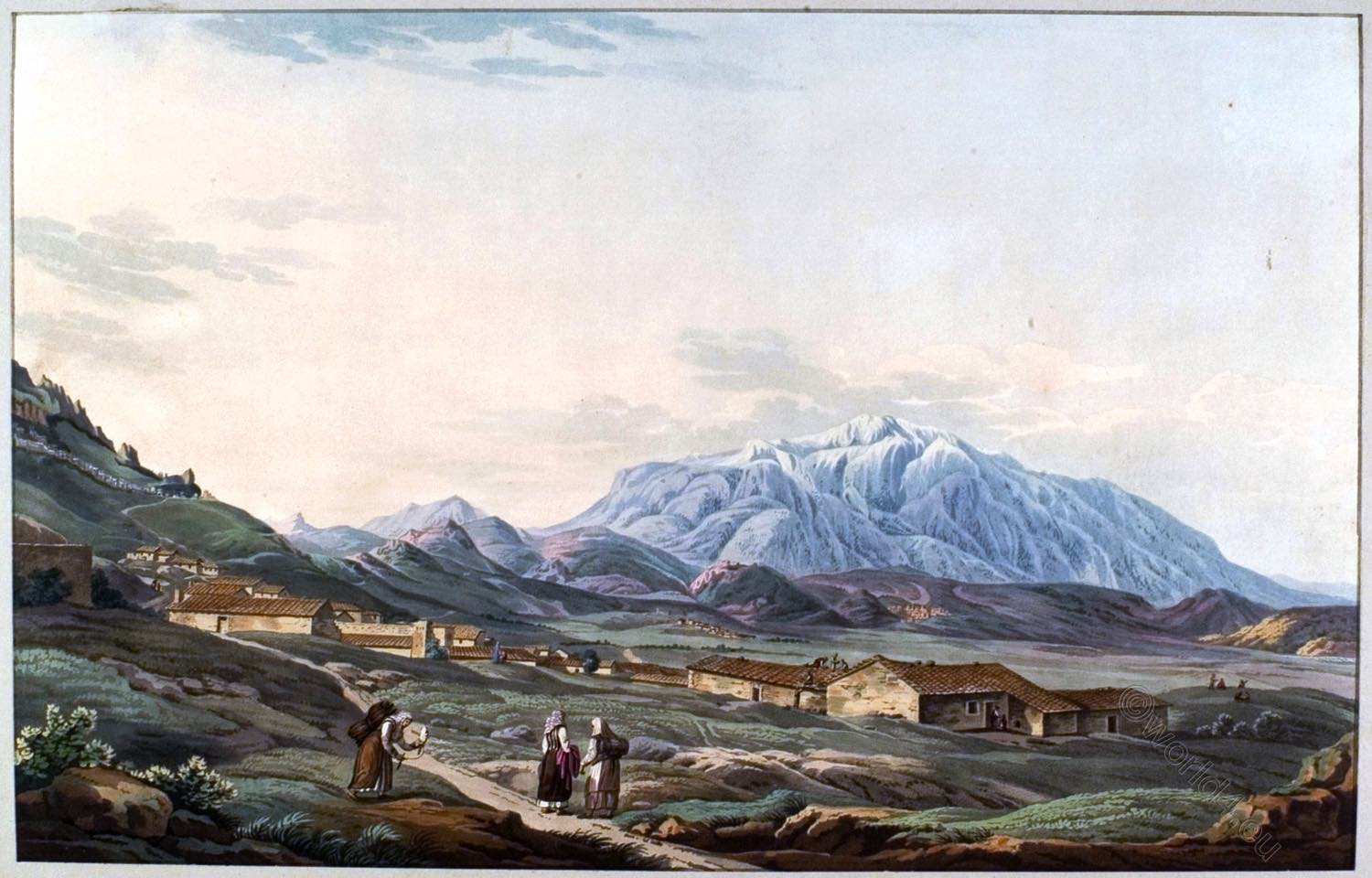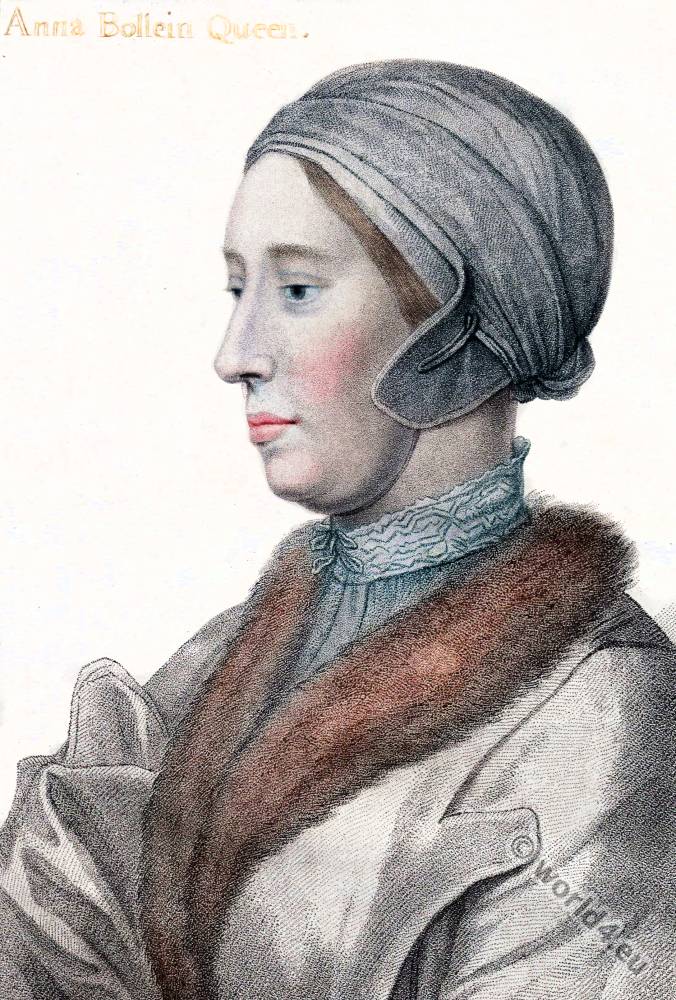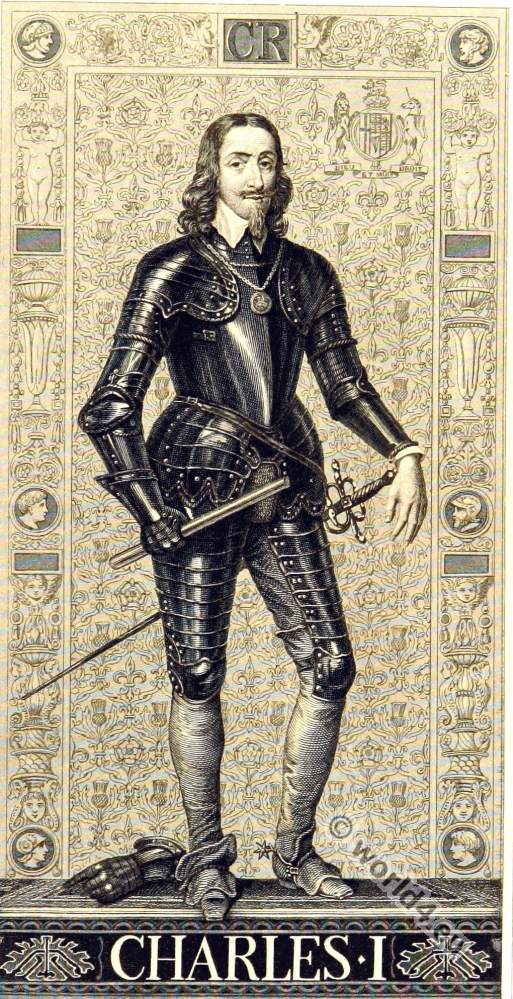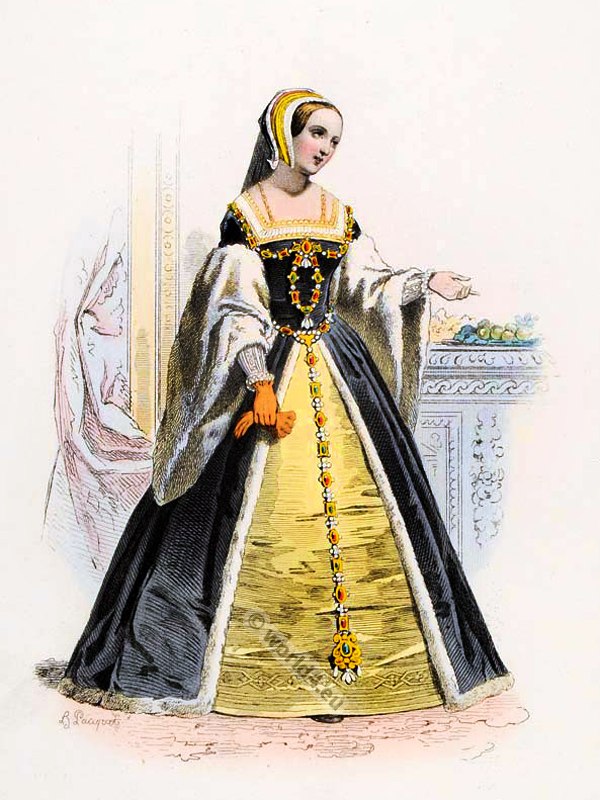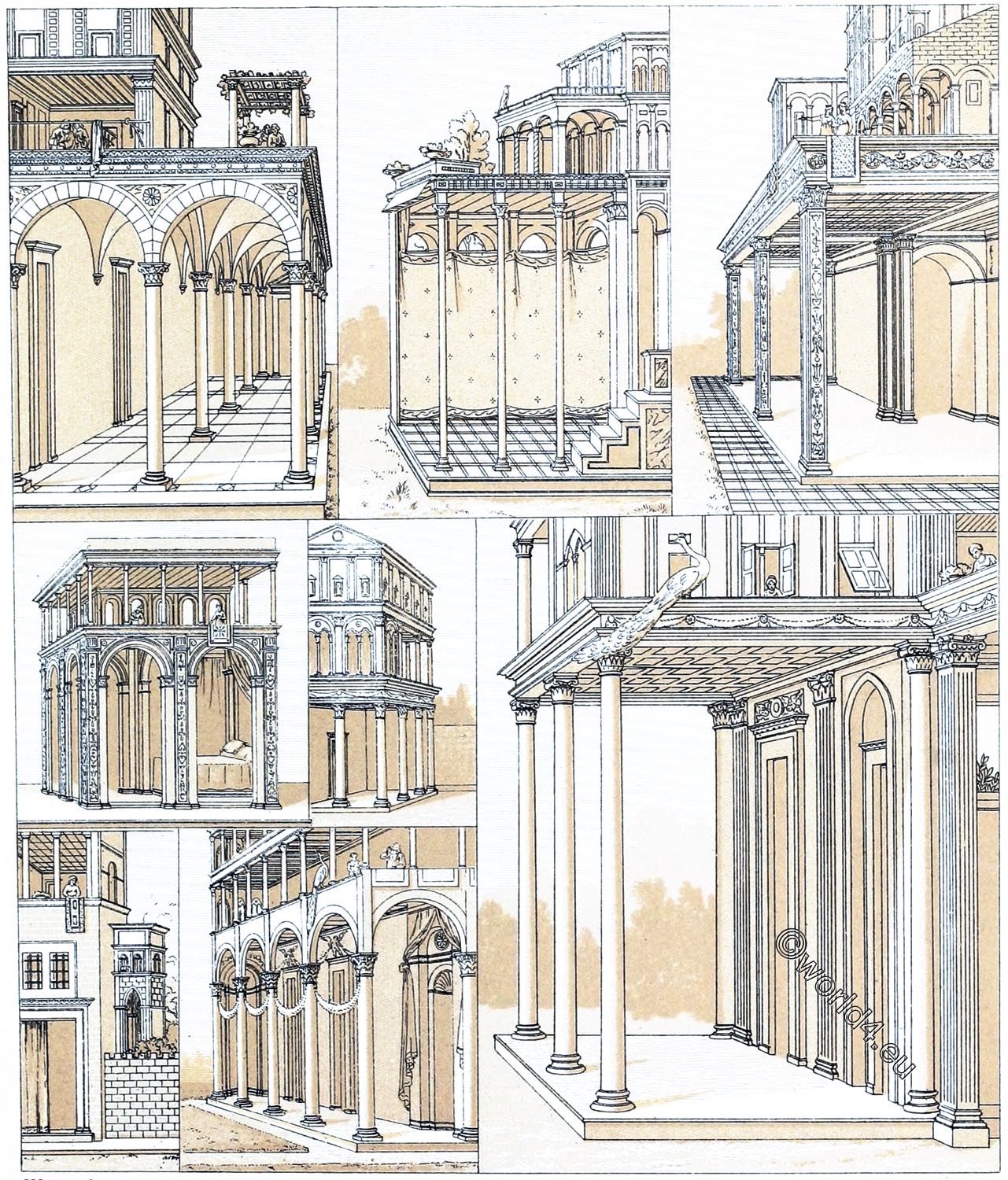
WILTON HOUSE BY THE COUNTESS OF PEMBROKE
Wilton House is a manor house in Wilton in the county of Wiltshire in Great Britain. The manor house is home to the Earls of Pembroke and is famous for its landscaped park and magnificent interiors, which are among the finest Baroque furnished rooms of the 17th century in Britain.
WILTON HOUSE is an imposing structure, and the grounds immediately adjoin the town of Wilton, which is pleasantly situated on the junction of the rivers Nadder and Wiley, from the latter of which it derives its name. It was rebuilt, as to its present front, by Inigo Jones, a part of the previous mansion having been destroyed by fire in 1648.
In the year 773 an abbey was founded here by Weolkstan, Earl of Ellandum. In 830 it was completed, when Egbert, King of England, converted it into a priory for thirteen nuns, and his sister Aburga was made prioress.
In the reign of Alfred the Great the priory was demolished by the Danes, but on their being expelled from the country he founded in its stead a monastery on the site where his palace had stood, and added a lady abbess and twelve nuns to its original foundation.
In the reign of Edgar, a lady named Walfrith being the abbess, it was again destroyed by Swein, in revenge for a massacre of the Danes. It was afterwards restored, but in Ethelred’s reign the Danes again invaded the country, and he was succeeded on the throne by a Danish monarch, followed by three others.
On the restoration of the Saxon kings the monastery was rebuilt by Edith, wife of Edward the Confessor. It was now constructed of stone, having previously been of wood.
In the year 1066 William the Conqueror obtained possession of the throne, and, as recorded in Domesday Book, doubled the value of the house, the abbess at that time being Christiana, sister of Edgar Atheling, and here she educated Matilda, her niece, who afterwards became wife of Henry Beauclerc.
During the civil wars that followed, Wilton met with its share of disaster.
In the year, 1143 King Stephen arrived here with his brother, the Bishop of Winchester, and a large force, and began to convert the monastery into a place of military defense, but he was attacked in it by the Earl of Gloucester, and fled, when it again was sacked. It was, however, afterwards restored.
In the reign of Edward the First, Juliana Gifford being the abbess, a knight named Osborn Gifford carried off two of the nuns, with, as is hinted, their own assent.
In the reign of Henry VIII., the monastery shared in the general dissolution of those institutions, the abbess being Cecilia Bodenham, and was shortly afterwards leveled with the ground. It was then granted with the surrounding estates, by that monarch to Sir William Herbert, who was ancestor of the present Earl, and was made first Earl of Pembroke by King Edward the Sixth, about the year 1560.
This family of Herbert is derived from Sir Richard Herbert, Knight, of Ewyas, a son of William, first Earl of Pembroke, who had been advanced to that dignity May 27th, 1472. The senior line, descended from Sir William Herbert ap Thomas, living in the reign of Henry the Fifth, and who resided at Ragland Castle, in Monmouthshire, is represented by the family of Herbert of Muccruss Abbey, near Killarney, in the county of Kerry.
The Abbey having been pulled down, the house was rebuilt and completed during the reign of Edward VI. from the designs of Hans Holbein. Of this building only the centre of the east front remains, the greater portion having been destroyed, presumably, by the tire which took place during the life of Philip, fourth Earl. This nobleman rebuilt the house from designs by Inigo Jones, who, being ill at the time, deputed Solomon (or Isaac) de Caux to execute the work. The south front, and all the east front, except the centre portion of Holbein’s design, now stand as a monument of Inigo Jones’s work.
At the end of the last century the north and west fronts were “mangled” and rebuilt by James Wyatt.
The house contains portraits of nearly everyone of the successive Earls of Pembroke. That of William, first Earl, by Hans Holbein, a full-length portrait, hangs in the Library. He was born in ca 1501, and was described by Aubrey as “a mad fighting young fellow” in his youth. He distinguished himself greatly as a soldier during the reigns of Henry VII., Henry VIII, and Edward VI. by quelling disturbances in Wales and the West Country; and having been created Earl of Pembroke by the last-named King in 1551, he further added to his military reputation by his defeat of the French at the battle of St. Quentin, in 1557, and his own armour and that of his illustrious prisoners adorn the entrance hall at the present time. He was one of the most powerful noblemen throughout the reign of Mary, and during that of Elizabeth, and died in 1570.
He had married Anne Parr, sister of Katherine Parr, sixth wife of Henry VIII., and was succeeded by his son, Henry, second Earl, of whom there is unfortunately no portrait at Wilton, who married Mary Sidney, sister of Sir Philip Sidney, who was a constant guest at Wilton, where the avenue under the trees of which he composed his Arcadia still remains. He died in 1601, and was succeeded by his eldest son,
William, third Earl, the patron of William Shakespeare, to whom the latter is supposed to have dedicated his sonnets. A full-length portrait of this Earl, by Van Dyck, hangs in the Double Cube Room: and a small painting of the same Earl on a panel, purchased by the present owner of Wilton, has, pasted on the back of it, an old parchment, on which is written the lines of Shakespeare which were believed to have been addressed to him,-
“Your monument shall be my gentle verse,
Which eyes not yet created shall o’er-read;
And tongues to be your being shall rehearse,
When all the breathers of this world are dead;
You still shall live (such virtue hath my pen)
Where breath most breathes, even in the mouths of men,”
and below the following words: “William. Earl Pembroke died suddenly April 10, 1630. When his body was opened in order to be embalmed, he was observed (on the incision being made) to lift up his hand. This circumstance may be depended upon as fact, having been related by a member of the family, and was considered by the faculty to afford strong presumptive evidence that the distemper of which he died was apoplexv.”
He was Lord Chamberlain and Lord Steward to Charles I., and married a daughter of the Earl of Shrewsbury: but, dying in 1630 without issue living, he was succeeded by his brother, Philip, fourth Earl, who had been already created Earl of Montgomery. He was Lord Chamberlain to Charles I., and forms the central figure of Van Dycks celebrated picture of the Herbert family, which fills the whole of one end of the Double Cube Room, and which is the largest picture that that artist ever painted. This was the Earl in whose time a great portion of the house was destroyed by fire (which event he refers to in his speech in the House of Lords, when attainted for high treason and who employed Inigo Jones to rebuild it. He died in 1640; and, his eldest son having died of smallpox a short time after his marriage with the daughter of the Duke of Buckingham, he was succeeded by his next son,
Philip, fifth Earl, whose portrait, in addition to appearing in the big picture above mentioned, was painted by Van Dyck, and is hung in the ante-room to the Double Cube. He married (1st) Penelope, widow of Viscount Banning, by whom he had one son. William, who succeeded him: and (2nd) Catherine Villiers, by whom he had two sons, Philip and Thomas. He died in 1669, and was succeeded by his eldest son,
William, sixth Earl, who died unmarried in 1674, who again was succeeded by his half-brother,
Philip, seventh Earl, who married Henrietta de Queroualle, but also died in 1683 without male issue, and was succeeded by his only brother,
Thomas, eighth Earl, whose portrait by Wissing hangs in the Single Cube Room. This Earl occupied many high positions in the state, including that of Lord High Admiral; and it is remarkable that he carried the “sword of state” in three successive coronations- viz., those of Anne, George I., and George II. Amid his multifarious public duties he found time to amass the great collection of antique statues, busts, and sculptures which now stand in the cloisters, and also the greater part of the collection of pictures which adorn the walls of the various state rooms. He died in 1733 and was succeeded by his eldest son (by his first marriage with Margaret Sawyer of Highclere),
Henry, ninth Earl, whose portrait by Kneller hangs in the Single Cube Room. He married Mary, daughter of Richard. Viscount Fitzwilliam of Mount Merrion. County Dublin, and, dying in 1751, was succeeded by his son,
Henry, tenth Earl, who was a celebrated cavalry officer, and was the author of the book entitled Military Equitition. He established riding-schools at both his London and Wiltshire residences, and was a great patron and supporter of the “Haute École.” Portraits of himself, and of his wife, Elizabeth, daughter of Charles, Duke of Marlborough, by Sir Joshua Reynolds, hang in the Library and in the ante-room. He died in 1794, and was succeeded by his only son,
George Augustus, eleventh Earl, who served with the army in the Low Countries when Lord Herbert, and was subsequently, after his succession, appointed Ambassador at Vienna. He married (1st) Elizabeth, daughter of Topham Beauclerk; and (2nd) Catherine, daughter of Count Worenzow, and, dying in 1827, was succeeded by his eldest son by his first marriage,
Robert, twelfth Earl. who lived entirely abroad, and handed over the management of his Wiltshire estates to his half-brother, Sidney Herbert, afterwards created Lord Herbert of Lea.
The beautiful grounds, which contain more than seventy acres of mown lawn, were laid out by the eleventh Earl’s second wife, née Worenzow, at the beginning of the present century, and are universally admitted to be a triumph in landscape-gardening. The river Nadder runs past the south front of the house, dividing the grounds from the Park, and is crossed by the famous Palladian Bridge.
Scattered about the gardens are several pavilions, three of which are deserving of notice. Holbein’s Porch, which once formed part of the old portion of the house, and was designed by that artist, formerly stood within the quadrangle, and formed the main entrance, but was removed by James Wyatt when he altered the north side of the house, and transformed the main entrance from the east to the north side.
What is now used as the Park School, but was formerly called “The Grotto,” shows a beautifully designed facade by Inigo Jones, containing very finely carved stone-work, in a perfect state of preservation.
The “Casino,” which is placed on an eminence flanked by trees, in the park, facing the house. was designed by Chambers, and is one of the best instances of his architecture. A little west of the Casino is a barrow. which is supposed to cover the remains of those who fell in the battle which took place there in 871 between King Alfred and the Danes, in which the former was defeated.
A very remarkable column stands in the eastern portion of the lawn, formed of one piece of white Egyptian granite. It came from the Arundel collection, having been bought by Mr. Evelyn for Lord Arundel, at Rome. where Julius Ceasar had set it up before the Temple of Venus Genetrix. This column was never erected since it fell in the ruins of old Rome until set up here. On the fillet at the base is an inscription, cut in Egyptian characters, signifying “ASTARTE.”
Through the northern portion of the grounds runs the river Wylye, dividing the lawn from the Kitchen garden. This river joins the Nadder some four hundred yards east of the park walls, and running through the meadows on its way to Salisbury, skirts George Herbert’s Rectory at Bemerton; and it is believed that on its banks, in this neighborhood, Izaak Walton composed much of his work, Tile Compleat Angler. Both the Nadder and the Wylye contain trout and grayling, and no doubt the occupants of the old Abbey fully appreciated the supplies of fish which these rivers afforded them.
In addition to those of Sir Philip Sidney, there are historical associations connected with Cardinal Wolsey, Edward VI., Queen Elizabeth, Shakespeare, and Charles I., “who did love Wilton above all places, and came thither every summer.”
Leaving the gardens, with their splendid cedars and other trees, a few words must be devoted to the interior of the house. The state rooms form the first floor of the south front, and are remarkable for the beauty of their decoration. The largest room is called the “Double Cube,” which contains the large family picture by Van Dyck, and nine other pictures by the same artist.
This room is beautifully proportioned and decorated, and the ceiling is by Signor Thomaso. Opening from this room we come to the Single Cube Room, which is exactly half the size of the Double Cube, and is decorated in much the same style. The ceiling here is by Signor Arpino. The pictures comprise family portraits by Van Dyck, Sir Peter Lely, Sir Godfrey Kneller, Wissing, and W. Richmond.
In the next room, which used to be called the Hunting Room, but which is now used as a study, are some quaint pictures, painted on the panels, by Tempesta, Junior, representing all sorts of sporting. This room occupies the south-west corner of the house, and with it ends Inigo Jones’s architecture.
The Library, which was built by James Wyatt, occupies nearly the whole west side, and contains a very old collection of books, many of them of great interest to the “bibliophile.” Two very large canvases, one of Henry, tenth Earl, with his boy, afterwards eleventh Earl, and a huge boar hound, and the other of the same Earl’s wife, by Sir Joshua Reynolds, occupy prominent positions on each side of the fireplace, flanking the before-mentioned portrait of William, first Earl, by Holbein. There are other portraits by Sir Joshua and Sir Peter Lely; and in the ante-Library are two paintings, by Scott, of Lincoln’s Inn Fields and Covent Garden. The windows of the Library look out upon the Italian garden, at the end of which a broad walk, flanked by tall trimmed yews, leads the eye to Holbein’s Porch.
The Dining-room looks to the north, and is another specimen of James Wyatt’s modern Gothic architecture. It contains large decorative pictures by Snyder, Vansomer, Bassano, Procaccini, and Primaticcio. Two enormous fossil elk-heads are fixed on the high walls at each end of the room, and were brought from Ireland, where they were dug up from a bog.
Returning to the south side, notice must be taken of some of the pictures in the rooms east of the Double Cube. In the first of these is a very good specimen of Lucas Van Leyden, in “People Playing at Cards.” An excellent portrait of Van Dyck, by himself, another of Philip, fifth Earl, and another of the Countess of Castlehaven, both by the same artist; three portraits by Sir Joshua Reynolds, a sea piece by Vandervelt, and one or two other pictures, complete the collection in this room.
The next, the Colonnade Room, contains the famous “Four Children,” by Rubens; a portrait of Edward VI., by Holbein; a portrait of Titian, by himself; “An Old Woman Reading,” by Rembrandt; two sea pieces by Vandervelt, and a small picture by Giulio Romano.
Opening out of this is the Corner Room, which contains so many interesting pictures that I am unable to mention all. But Holbein’s portrait of Judge Moore, a beautiful landscape by Rubens, a “Madonna and Christ,” by Andrea del Sarto (of which there is a replica in the Wallace collection), “Judith and Holofernes,” by Andrea Mantegna, and a beautifully painted portrait of Prince Rupert when a young man, ascribed to Honthorst, but probably by Van Dyck, are perhaps the most noteworthy. From the east window of this room is a lovely view of Salisbury Cathedral, obtained by a “vista” cut through the trees and shrubs in the grounds and intervening meadows.
In the next room are hung several good pictures, the most notable being “The Children of Henry VII.,” by Mabuse: two battle scenes by Borgognone; “The Crucifixion,” by Jarenus; “Francis II. and Charles IX.,” by Zucchero; and the diptych of “Richard II. and his Patron Saints.”
In the Sitting-room, which is situated in the centre of the east front, in the oldest portion of the building, hang the portrait of “Mary Sidney, Countess of Pembroke,” by Marc Garrard; a drawing of “Cromwell, Earl of Essex,” by Holbein; two very good paintings by Pater, the “Battle of Pavia,” by Holbein, and two Dutch landscapes with figures, by Velvet Brugel.
The Cloisters, which surround the interior of the quadrangle, contain the antique marbles and busts collected by Thomas, eighth Earl, many of which were purchased by him from the Mazarin and Arundel collections. One of the most remarkable objects is a basso relieve in old Greek mosaic tesselated work representing the Garden of Hesperides. Two statues by Cleomenes, one of “Faunus with his leopard,” and the other of “Cupid breaking his bow after his marriage with Psyche,” are of great interest. The tomb of Aurelius Epaphroditus, which was brought from near Athens, and was presented to Cardinal Richelieu, is a wonderful specimen of ancient Greek carving, as is also an inscribed Altar of Bacchus. The statue of Jupiter Ammon is also remarkable. It was set up in a temple in Thrace by Sesostris. There are also over one hundred antique busts, including those of most of the Roman Emperors.
It would be impossible within the limits of a short article to enumerate all the objects of artistic and historical interest with which Wilton abounds, and I have only attempted to give a brief description of an old English home which has survived the storms of some three hundred and fifty years.
Source:
- The gardens of England in the southern & western counties by Charles Holme. London, New York, Offices of “The Studio” 1907.
- A series of picturesque views of seats of the noblemen and gentlemen of Great Britain and Ireland. With descriptive and historical letterpress by Francis Orpen Morris, Benjamin Fawcett, Alexander Francis Lydon. London, Edinburgh, Dublin, William Mackenzie, 1880.
- More famous homes of Great Britain and their stories by Alfred Henry Malan. New York, G.P. Putnam’s sons, London, The Pall Mall magazine, 1902.
- Views of the seats of noblemen and gentlemen, in England, Wales, Scotland, and Ireland by John Preston Neale and Thomas Moule. London : Sherwood, Neely, and Jones, and Co., Paternoster Row and Thomas Moule, Duke-Street, Grovenor-Square, 1820.




